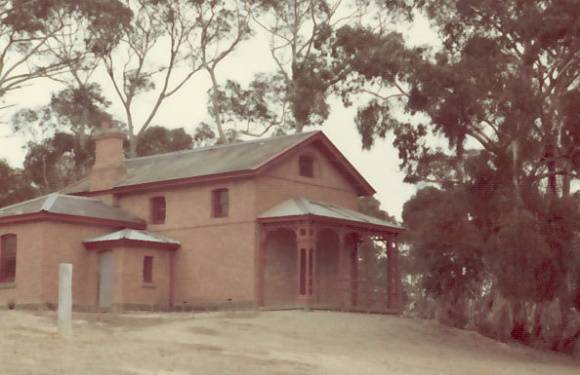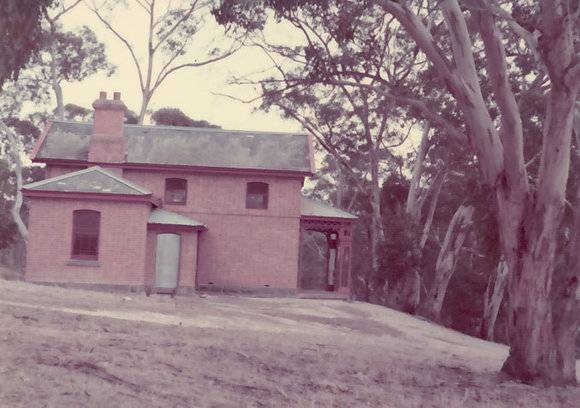| Back to search results » | Back to search page » |
|
Former Court House
LocationSTEIGLITZ VIC 3331 - Property No B0780
File NumberB0780LevelState |
|
Statement of Significance
What is significant? Steiglitz Court House was built in 1874 at a time when the town was beginning to experience a decline in population. Gold was discovered at Steiglitz in 1851 and alluvial deposits attracted large numbers to the area in the following years. A timber court house was built in 1857 to serve the community, however the prolonged period that lapsed before construction of a more permanent structure, resulted in the latter coinciding with a subsequent decrease in population. As a result, court activity ceased only a short time after this brick building was constructed. Sittings were temporarily restored in the 1890s when quartz mining increased the fortunes of the town. The last sizable mine in the area was closed in the 1940s and the population in Steiglitz continued to decline.
Steiglitz Court House is one of a large number of brick, slate-roofed court houses, constructed in Victoria from the 1860s to the 1880s. Designed in a Free Classical style, these buildings are characterised by a dominant single storey, gabled structure containing the court room, ancillary rooms to either one side or both sides, and a timber framed verandah at the front. At Steiglitz, decoration is limited to a simple arched motif in the front gable and restrained verandah detailing, with includes a lattice frieze, simple brackets and distinctive corner verandah supports composed of multiple posts.
Attributed to Samuel White and Walter Nation of the Victorian Public Works Department and built by Thomas Watts, the court house at Steiglitz is one of about nine dating from the 1870s, utilising identical plans and similar elevations, and attributed to various architects. These include Oakleigh (1870), Ballan (1872), Koroit (1872), Huntly (1873-4, H1370), Lexton (1873-4), Wahgunyah (1873-4), Lilydale (1875-6) and Avenel (1875-6), all of which were planned with ancillary rooms to one side only. Steiglitz Court House was used for several different purposes before the National Parks Service acquired it in 1975. The building is now used as a visitors centre.
How is it significant? Steiglitz Court House is of architectural and historical significance at the state level.
Why is it significant? Steiglitz Court House is of architectural significance as an intact and representative example of a popular type of regional court house, designed by the Public Works Department in the mid 1870s. It is an example of the restrained and economical work produced by the department under the leadership of William Wardell from 1859 to 1878.
Steiglitz Court House is of historical significance for its association with the gold rush period and the subsequent development of the colony. As one of the few remnants in this gold mining town, it illustrates the importance of the gold rush period in the development of a number of Victorian towns. As the sole remaining building, it illustrates the immediate growth that took place in the town as a result of the gold rush.
Adopted from Heritage Victoria citation: 13/08/09
Classified: 'Local' 07/07/1960
Revised: 03/08/1998
Group
Law Enforcement
Category
Court House





